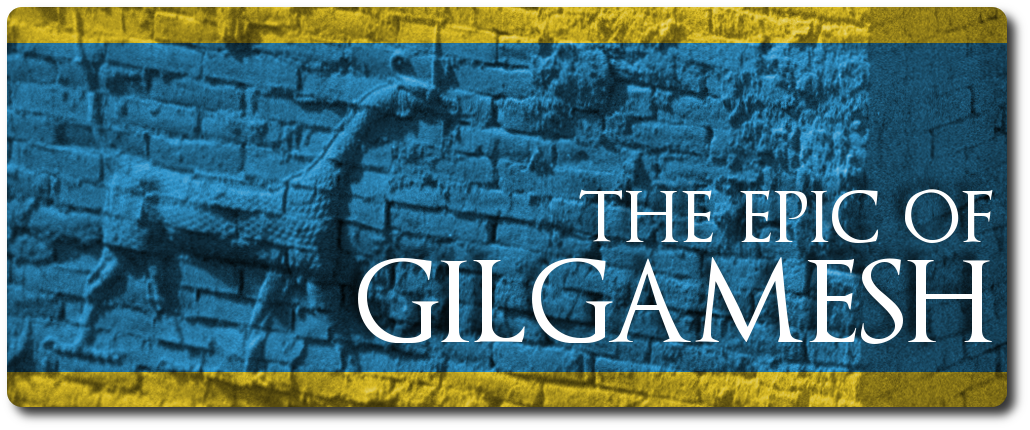The World's First Written Law Code
By: Hammurabi, King of Babylon
The great king of Babylonia known as Hammurabi ruled the Fertile Crescent from 1792 BCE - 1750 BCE. He had the laws of the land compiled and written down on a large stone pillar, called a stele. The laws were written in Cuneiform, the language of the empire. The 8 foot tall stele, seen above, is topped with a carving of the sun god, Shamash (seated), who is pictured handing Hammurabi (standing) a staff and ring, which are symbols of justice. The laws are known as the Code of Hammurabi and cover all areas of life from trade to religious matters.
Homework Directions: Listen to the audio recording about Hammurabi's Code. Then respond in your writing section of your binder in a few sentences. You can use 1 or 2 of the sentence starters to help you get started.
Sentence Starters:
- I wonder what this means...
- I really don’t understand the part when...
- I really like/dislike this idea because...
- This situation reminds me of a similar situation in my own life. It happened when...
- My opinion of the illustrations, table, and figures is…
- As I watched, I felt…
- Questions I have after watching are…
- Something I learned from watching…





